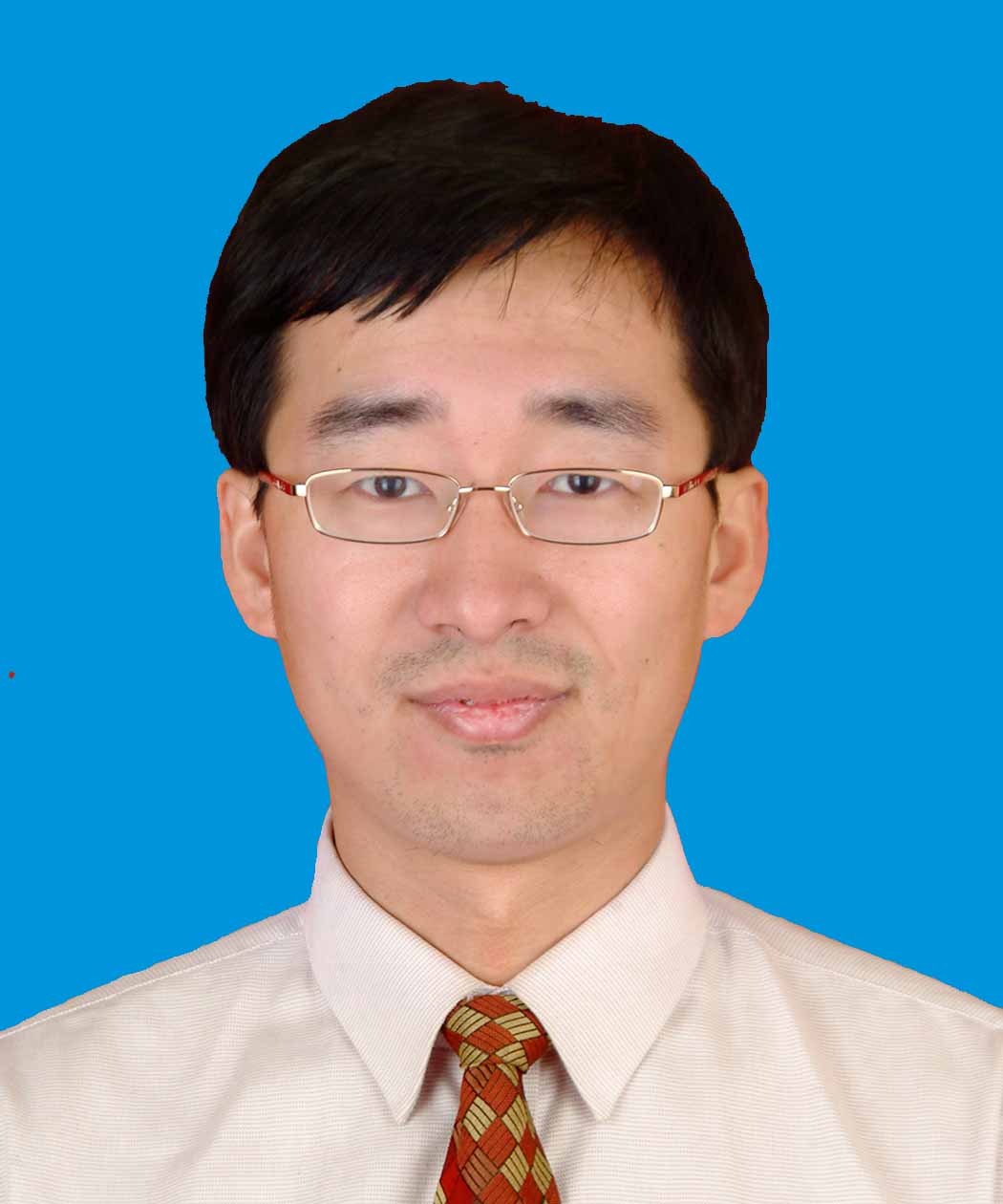
 |
Han Xiao Ph.D |
| Teach Master Supervisor | |
| Email:hanxiao@sxu.edu.cn |
Education experience
2000-2003 Bachelor of Science Degree, Biochemistry Major, Faculty of Medicine, National University of Singapore
Work experience
2015-Present: Professor of Rare disease genetics, Executive Director, Institutes of Biomedical Sciences, Shanxi University, China
2013-2016: Lab Director, Caregeno Medical Laboratories, China
Sep 2013- Dec 2013: Visiting Scholar, University of California, Los Angeles, US
2013: Research Fellow, Cancer Science Institute, National University of Singapore
2010-2013: Project Manager, Scientist, Dx assays, Singapore
Jul 2010- Sep 2010: Visiting Scholar, University of Freiburg, Germany
Sept 2007- Oct 2010: Teaching Assistant, University of St Andrews, UK
2003-2007: Laboratory Biologist, Institute of Molecular and Cell Biology, Singapore
Research interest
The field of rare diseases suffers from a deficit of medical and scientific knowledge. For a long time, doctors, researchers and policy makers were unaware of rare diseases and until very recently there was no real research or public health policy concerning issues related to the field. The Centre’s aims are focused on the study of rare genetic diseases, with a view to the identification of the mutation(s) causing the disease. Once a causal mutation(s) is established, the objective is to develop diagnostic tests for translation back into a clinical setting.
1. Disease Gene Discovery
By building up a common set of high-throughput genotyping and sequencing technologies through collaborative efforts, our investigation of disease inheritance and susceptibility focus on rare genetic variants to human diseases by carrying out targeted or whole exome sequencing analysis of patient cohorts, particularly the ones with either severe phenotypes or strong family inheritance. Availability and affordability of high throughput sequencing have made possible the generation of a plethora of sequencing data in a large collection of patients affected with complex and rare diseases, which will help us to achieve a good understanding on the whole spectrum of disease-related genetic variants.
2. Functionalisation of Disease Risk Loci
We are also interested in understanding biological mechanisms that underlie these genetic risk loci by pinpointing causal variants through fine-mapping analysis and characterising their functional impacts using in vitro and in vivo model systems. By combining comprehensive association analysis and functional annotation of all the variants within the critical region of a disease risk locus, we are searching for functional variants that are the primary driver and thus the causal event of disease association. In addition, banking on the great number of novel disease risk loci discovered by our genetic studies of rare diseases, to pursue the functional investigation of these genetic risk loci by building up in vitro cellular models of disease where genetic risk variants are introduced into disease-relevant cells derived from either mesenchymal stem cells (MSC) or induced pluri-potent stem cells (iPS) for functional interrogation. As a complementary effort, we are also collaborating to establish in vivo model animals for the functional investigation of disease risk-associated genes or genetic variants.
Publications
1. Chen D, Zhao N, Wang J, Li Z, Wu C, Fu J, Xiao H. 2017. Whole-exome sequencing analysis of Waardenburg syndrome in a Chinese family. Human Genome Variation 4: 17027.
2. Nur Sabrina Sapari, Eiram Elahi, Mengchu Wu, Marie Loh, Hong Kiat Ng, Xiao Han, Hui Ling Yap, Thomas P Klemm, Brendan Pang, Touati Benoukraf, Yik Ying Teo, Barry Iacopetta, Soo Chin Lee, and Richie Soong. Feasibility of low-throughput next generation sequencing for germline DNA screening. Clinical Chemistry. 60(12):1549-57.
3. Xiao H, Killip MJ, Staeheli P, Randall RE, Jackson D (2013).The human interferon-induced MxA protein inhibits early stages of influenza A virus infection by retaining the incoming viral genome in the cytoplasm. J Virol. 2013 87(23):13053-8.
4. Wang J, Fang S, Xiao H, Chen B, Tam JP, Liu DX (2009). Interaction of the coronavirus infectious bronchitis virus membrane protein with beta-actin and its implication in virion assembly and budding. PLoS ONE 4(3):e4908.
5. Xiao H, Xu LH, Yamada Y, Liu DX (2008) Coronavirus Spike Protein Inhibits Host Cell Translation by Interaction with eIF3f. PLoS ONE 3(1): e1494.
6. Frank Qisheng Li, Han Xiao, James P. Tam and D. X. Liu (2006). Sumoylation of the Nucleocapsid Protein of Severe Acute Respiratory Syndrome Coronavirus. FEBS letter, 579:2387-2396.
7. Li Q, Xiao H, Tam JP, Liu DX (2006). Sumoylation of the nucleocap-sid protein of severe acute respiratory syndrome coronavirus by interac-tion with Ubc9. Adv Exp Med Biol.581:121-126.
Address: shanxi taiyuan basin city road 92 zip code: 030006 tel: 0351-7010255 Copyright shanxi university all rights reserved. All rights reserved: shanxi university For examination and approval of non-operational Internet information services (jin) ICP for 05000471 Webmaster@sxu.edu.cn